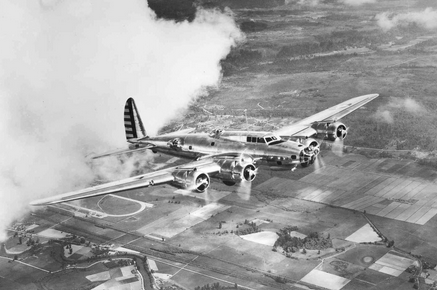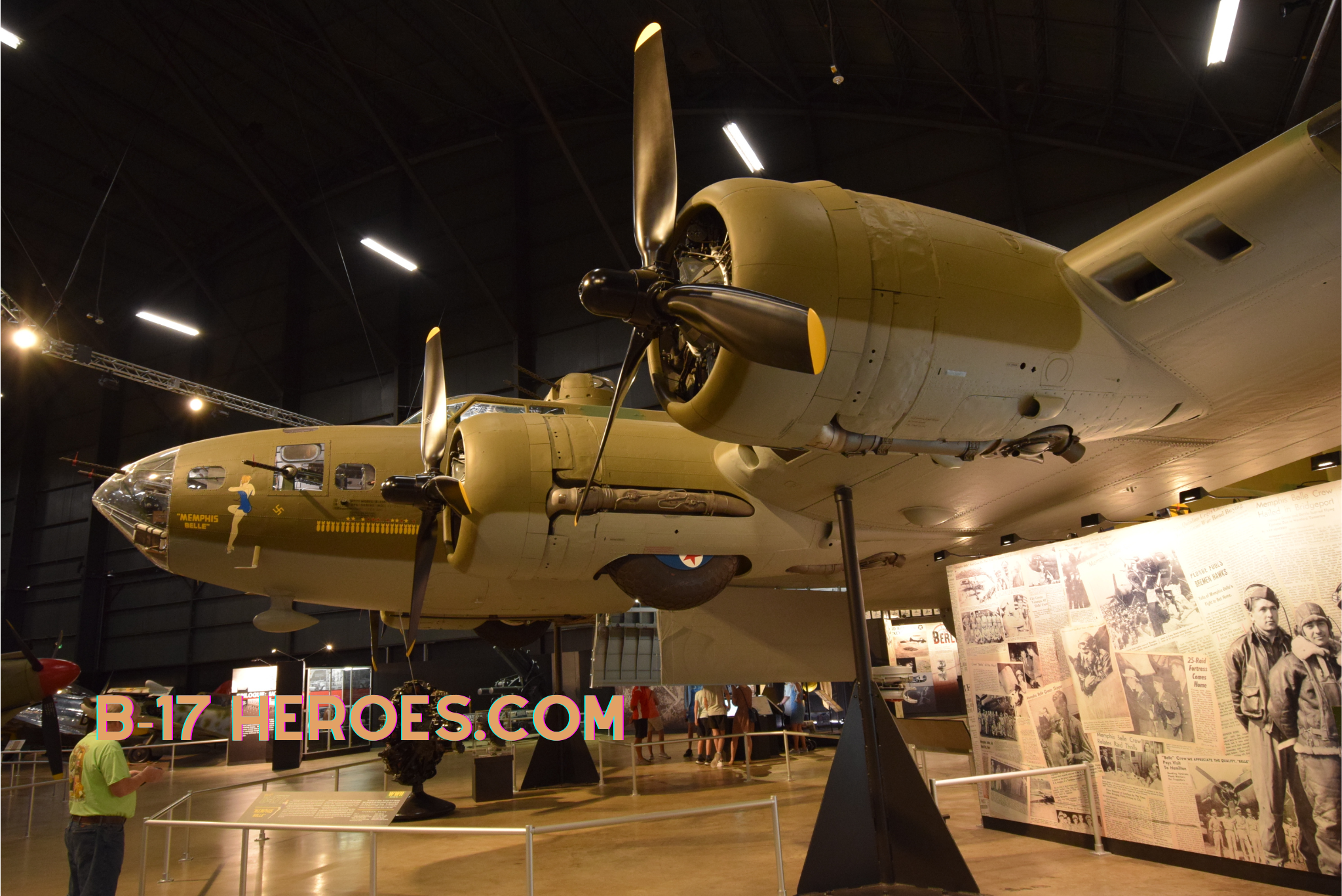On October 9, 1942, the 1st Bomb Wing of the United States’ Eighth Air Force conducted a bombing mission against the steel and engineering works at Lille, France.
Codenamed “Mission 18”, it set several precedents for future airborne campaigns and marked a vital turning point for the American Armed Forces.
The impetus for the mission was the strategic need to disrupt German logistics and manufacturing capabilities.
Lille, a major industrial city, was an optimal target with its steel and engineering works playing a vital role in supporting the German war machine.
Under the command of Brigadier General Newton Longfellow, 108 American B-17 Flying Fortress bombers were dispatched on this mission.
This marked the first occasion where over a hundred bombers were designated for a single mission, marking an escalation in the U.S. air strategy.
Internal issues, however, hampered the mission’s execution, as only 84 aircraft actually reached the target due to operational difficulties and poor weather. Despite this, a significant amount of damage was inflicted on the target.
A total of 24 planes from the 301st Bombardment Group and the 306th Bombardment Group unloads 60 tons of bombs in the area, hitting key installations and disrupting operations for an extended period at considerable cost.
However, the mission was not without its costs, as Luftwaffe fighters and anti-aircraft defenses were able to inflict casualties upon the American bomber formations. As a result of the mission, 2 bombers were lost, and a number of others received varying degrees of damage.
These losses underscored the need for long-range fighter escorts, a lesson which would resonate throughout the remainder of the war.
The mission demonstrated a commitment and determination by United States military forces and set the stage for more frequent and increasingly larger-scale bombing operations over the remainder of World War II.
It also underscored the cruel reality of the air war over Europe with heavy casualties on both sides and significant collateral damage.






